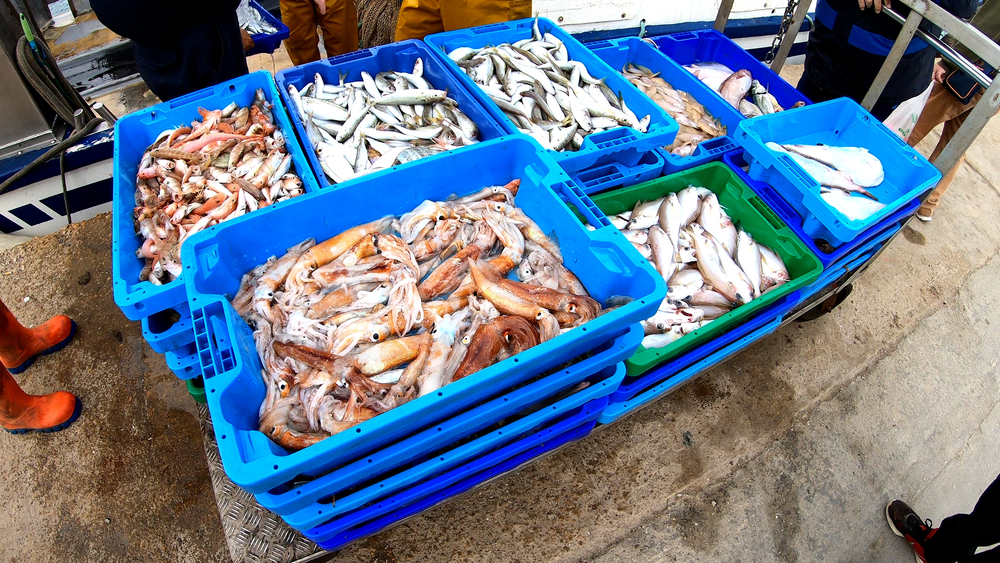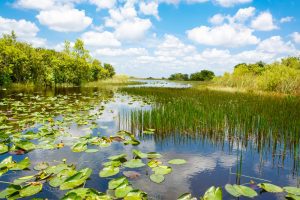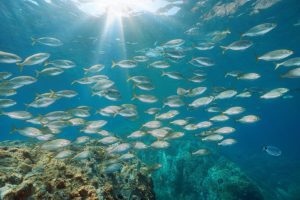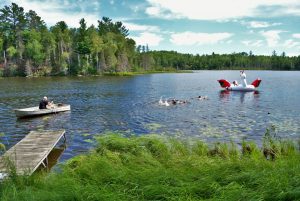There are an estimated 3.5 trillion fish in the world’s oceans, and that’s not to mention all the fish throughout lakes, rivers, streams, and ponds, too.
Capture fisheries provide food and job security and play an important role in the global fish population and marine ecosystems.
Capture fisheries are used to harvest a huge variety of fish for industrial and recreational purposes, supporting the worldwide seafood industry and keeping millions of people employed and well-fed.
Keep reading to learn more about capture fisheries, including why they are so valuable and where you can find them around the globe.
Table of Contents
What are capture fisheries?
Capture fisheries are natural sources of free-ranging aquatic life such as fish, crustaceans, and mollusks, all harvested in large quantities for commercial use in the food industry.
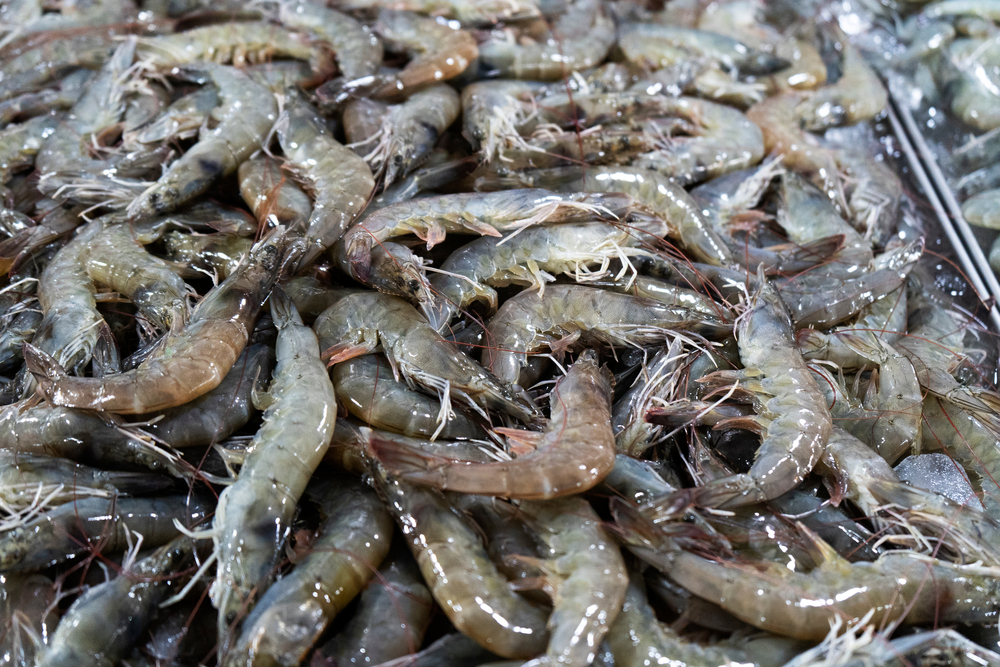
Both saltwater and freshwater fisheries rely on aquatic ecosystems, as fish are not artificially controlled and must be captured.
There are wild fisheries throughout the world’s oceans, rivers, and lakes. Pollution and overfishing are concerns with capture fisheries, as many have seen declining marine life populations and fragile ecosystems in recent decades.
Despite the concerns about overfishing, capture fisheries remain the top source of fish for the seafood industry, supporting millions of jobs and secure nutrition in many parts of the world.
Where are the biggest capture fisheries?
Capture fisheries are found across the globe, creating jobs and providing a reliable food source.
Some of the largest and most well-known fisheries include the Gulf of Mexico (shrimp trawl), North Sea (herring), and the Southern Ocean (Patagonian toothfish).
China, Peru, Indonesia, and Russia are the top four countries for fish capture due to their reliance on seafood and exports.
These nations played a significant role in the global fish production record of 179 million tons in 2018, with 156 million tons of fish consumed.
Outside of these top capture fishery countries, the U.S. has a few big fisheries, too. New Bedford is the most notable one, as this Massachusetts fishing port consistently ranks number one in America with approximately 50 million pounds of scallops harvested every year and $369 million in total fish landing value.
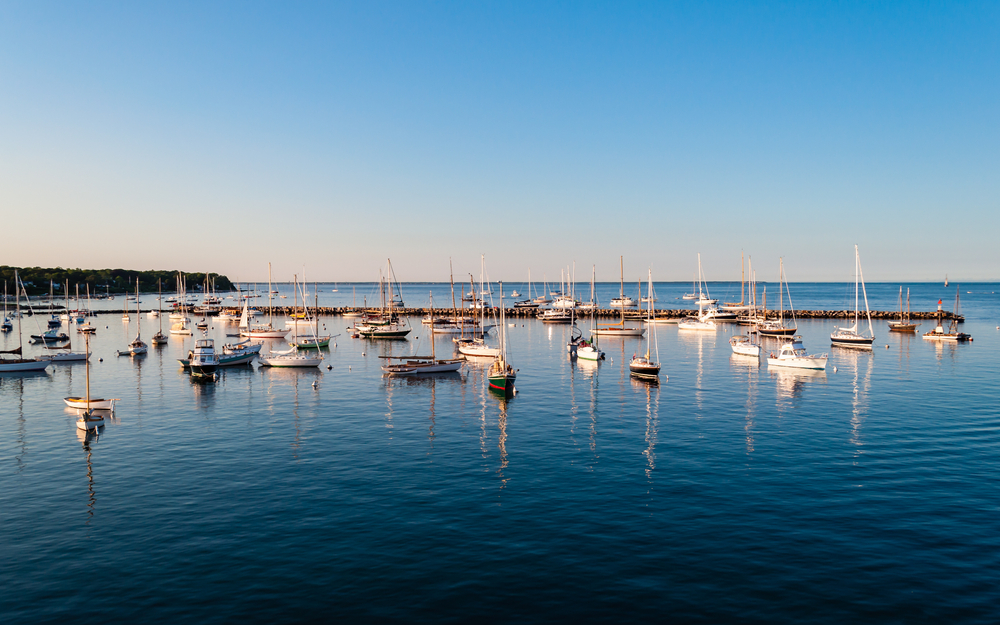
What is aquaculture?
Aquaculture and capture fisheries are closely related and play a large part in many economies throughout the globe.
Aquaculture refers to the farming of all aquatic life, including fish, crustaceans, mollusks, and plants.
Capture fishery is wild fish catching for all recreational, commercial, and industrial purposes.
In other words, aquaculture is fish farming, while capture fishery is the total volume of fish and marine life caught by recreational or commercial fishers.
Aquaculture is important because it supports the human population through employment and food.
The demand keeps going up and up for seafood, so aquaculture can be used to replenish wild populations and produce high volumes of food.
Marine and freshwater aquaculture and capture fisheries go hand in hand to keep the seafood industry going with ample supplies of fish, shrimp, mussels, oysters, clams, and seaweed.
What are popular species in capture fisheries and aquaculture?
Given the close relationship between aquaculture and capture fisheries, it makes sense that they share some of the most popular species such as sea bass, salmon, pompano, and yellowtail, just to name a few.
Marine aquaculture and capture fisheries include common ocean species like trout and pollock.
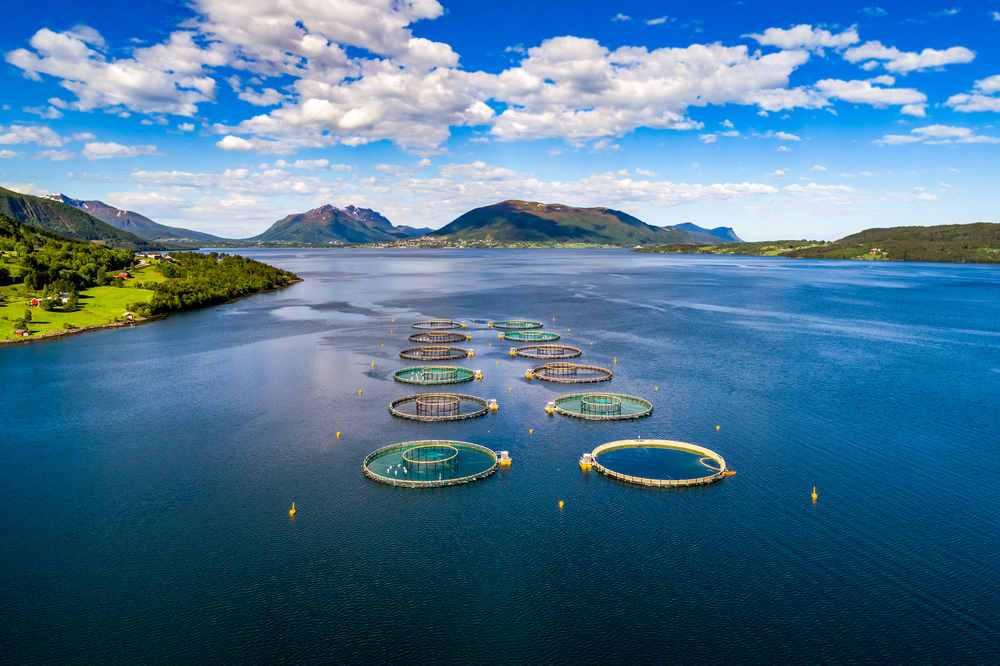
Capture fisheries focus on the native population, while aquaculture covers fish farming with advanced technology to further replenish fish stocks and support commercial fishing.
In the U.S., bass, trout, catfish, salmon, and tilapia are the top fish for farming and catching, although there are thousands of smaller fish species found in freshwater and saltwater fisheries, too.
How do capture fisheries support employment?
Capture fisheries and aquaculture employ more than 41 million workers globally, with the majority working in fish production in developing nations.
Food security is especially important in these countries, and fish provide a healthy and affordable source of nutrition and animal protein.
Fishery employment is relatively consistent because the demand for fresh fish is so high.
Trade is another big advantage of capture fisheries, as millions of people are employed to meet the demand for fish consumption and exports as the world’s urban population continues to grow.
While many capture fisheries are exploited at least to some extent, aquaculture is filling the gap by restocking popular fish species, offering more jobs in the process.
What are the problems with capture fisheries and aquaculture?
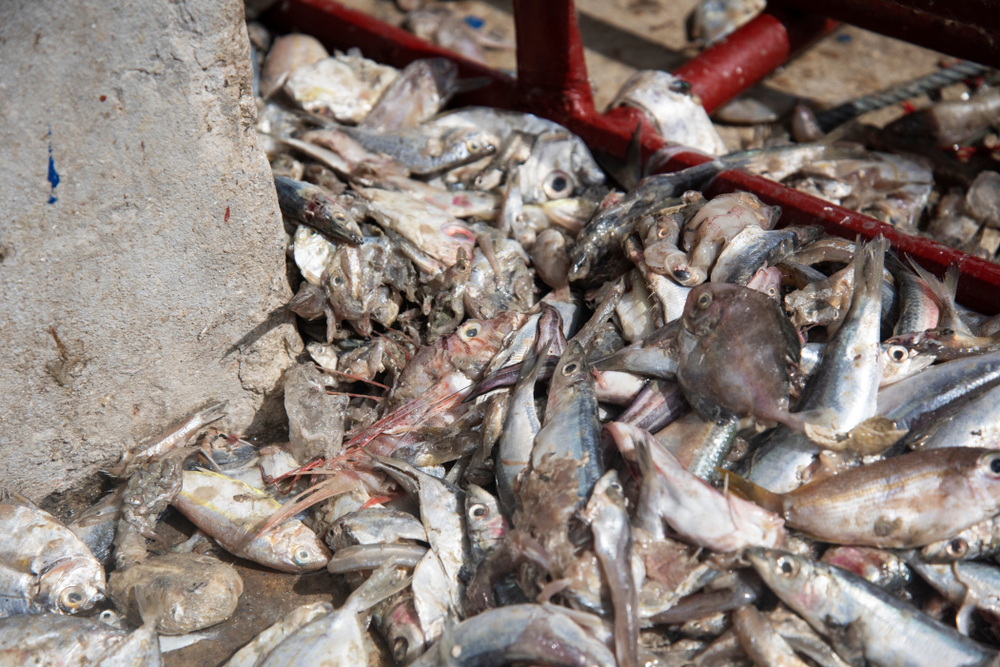
Capture fisheries are undoubtedly important to global employment and food security, but there are problems with both wild fisheries and aquaculture.
In many cases, overfishing leads to dwindling fish populations, and a lack of resources in third-world countries means this isn’t always the most ethical or well-paid employment option.
Also, the exploitation of fisheries may damage marine ecosystems and coastal wetlands, especially as growing demand puts more pressure on the fishing industry.
Commercial fishing companies often feel the pressure to bring in larger hauls, and sometimes they may cut corners to secure their catch, which is why fishery management is crucial.
After all, it’s difficult to regulate global fishing operations to ensure sustainable fish populations everywhere.
Environmental advocates are calling for greater regulations to stop overfishing and promote optimal fish levels throughout oceans, lakes, and rivers.
What is overfishing in capture fisheries?
Capture fisheries are the top source of seafood, but overfishing remains a huge concern as the sheer number of fishing boats and volume of catches can have a drastic impact on the overall population levels.
Overfishing depletes fish stock levels after extensive fishing activity.
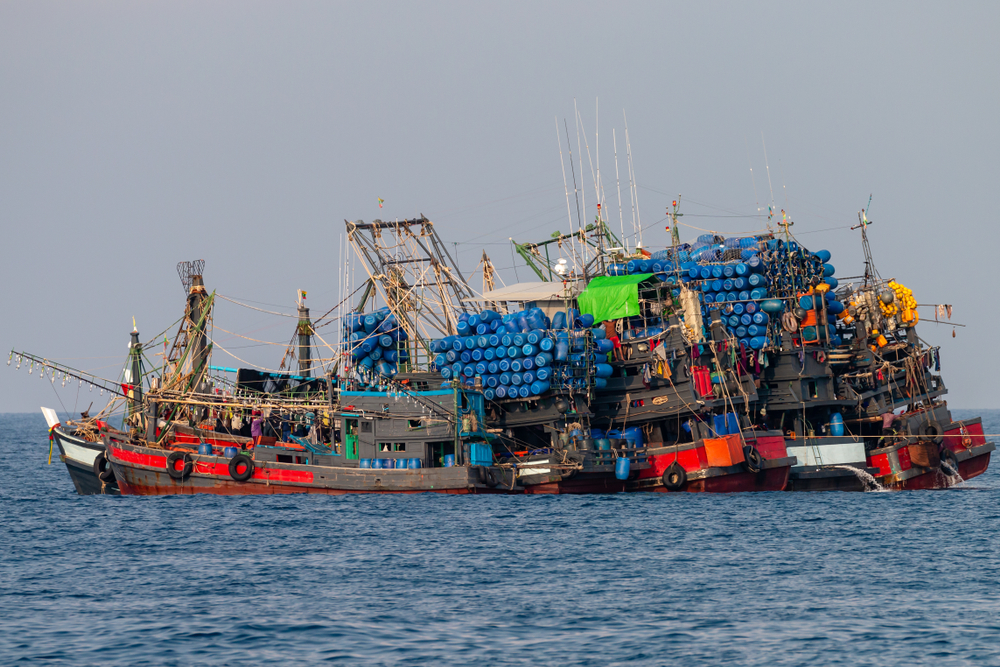
One such example of overfishing in the U.S. is the diminished availability of bay scallops, directly linked to the overfishing of sharks on the east coast.
Sharks feed on rays, which in turn feed on bay scallops. However, due to the substantially reduced shark population, the rays have thrived, feeding on scallops and devastating the scallop population.
Japan’s southern bluefin tuna fishing is another example of the marine life cycle and how it’s negatively impacted by overfishing.
In 2006, the Australian government alleged that Japan fished up to 20,000 tons of bluefin tuna a year instead of the allowed 6,000 tons, severely damaging stocks and bringing the species near commercial extinction.
What are the different types of capture fisheries?
When environmental activists look to address overfishing and other problems with capture fisheries, they need to consider all the different fishery types, including recreational fisheries.
Recreational harvesting is for leisure or competition rather than research or profit. Recreational capture fisheries are distinguished from commercial fisheries, where species are caught with the intention of selling or trading the harvest.
Then there are small-scale or artisanal fisheries, which are accessed by small boats and fishing groups rather than large commercial fishing companies.
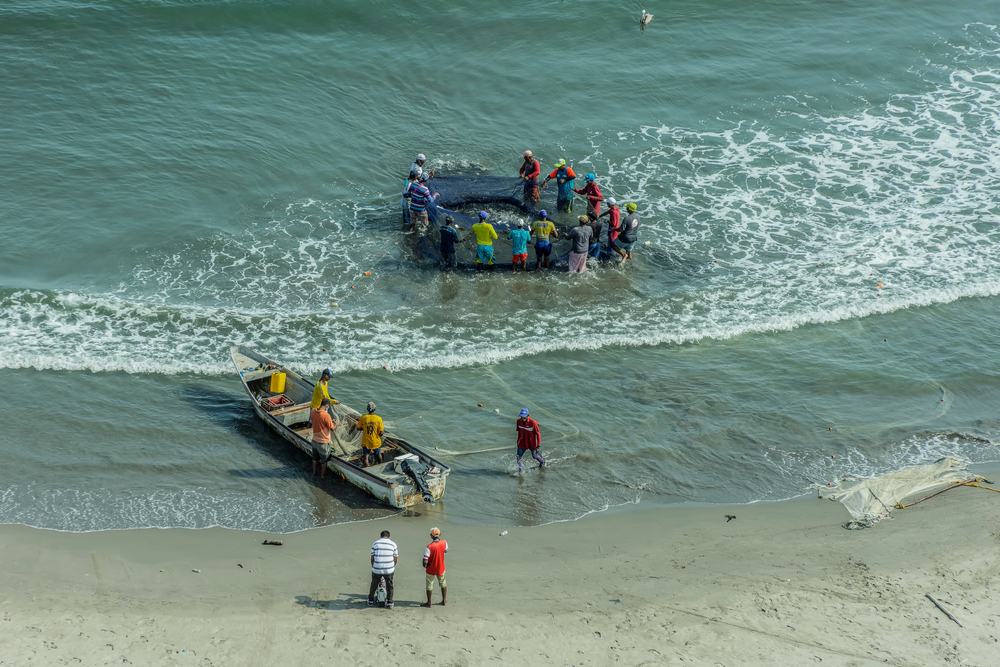
These fisheries require minimal fuel consumption and are typically used by family-owned vessels with little capital or machinery required.
Artisanal capture fisheries may be used for local consumption or commercial purposes.
Finally, industrial capture fisheries require more capital as commercial fishing groups need large vessels with mechanical equipment, reliable navigation, and advanced fish-finding tools.
The production capacity is much higher with these fisheries, so several tons of fish will be brought in at one time to complete the harvesting process and bring the fish to market.

